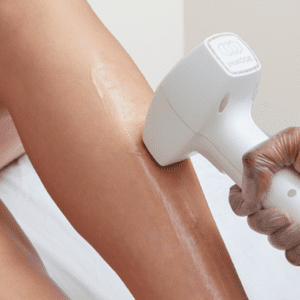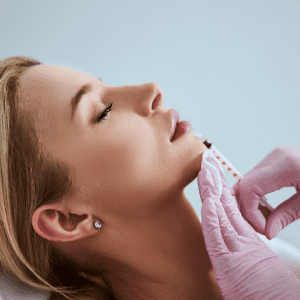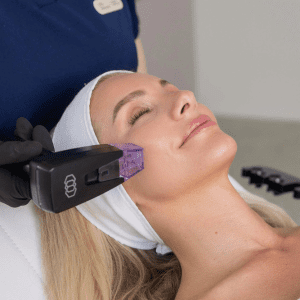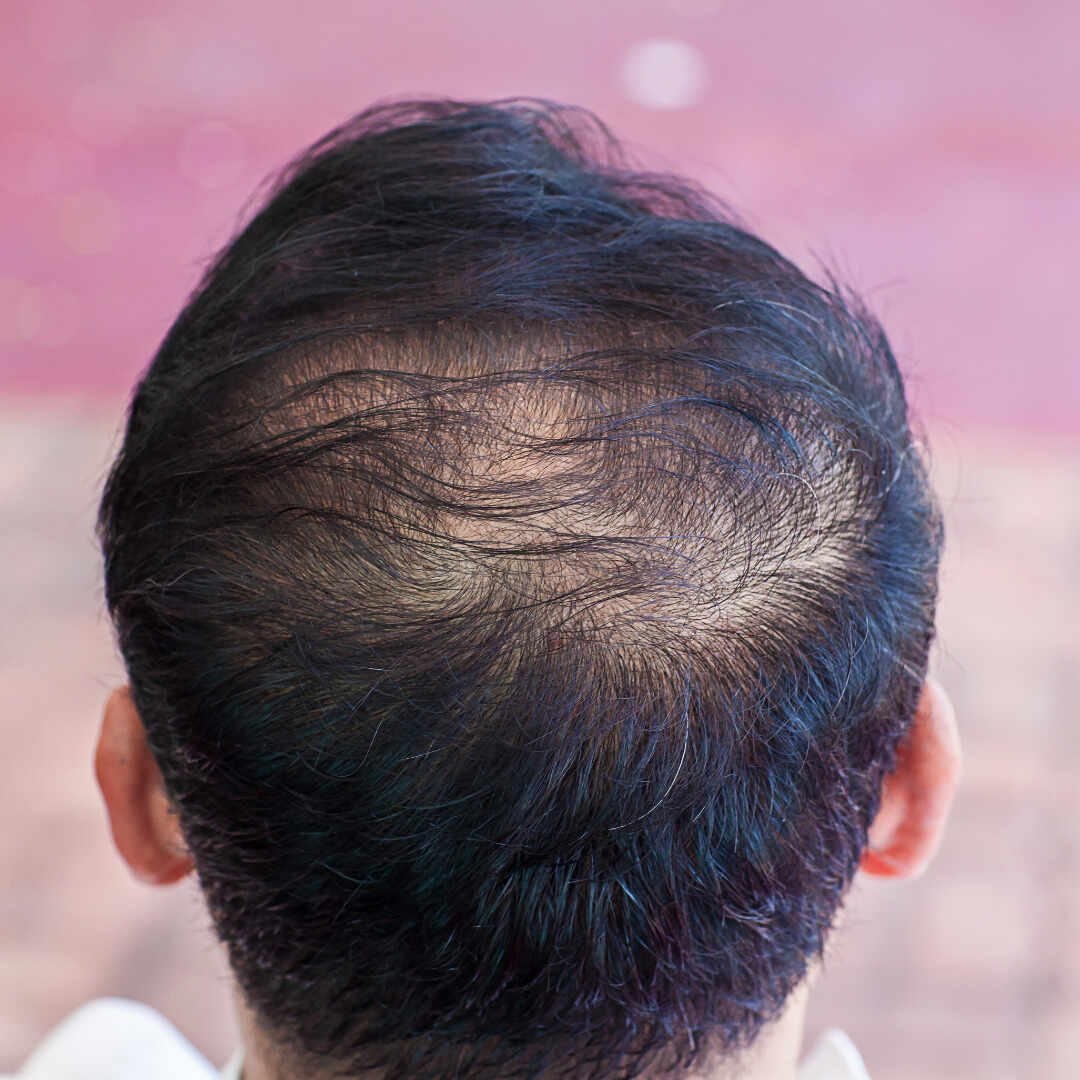
HAIR THINNING
Targeted, concentrated treatment to increase hair density and volume.
The progressive medical condition of hair thinning leads to obvious hair density reduction. Hair thinning develops gradually because strands become thinner and the scalp becomes more visible through a wider dividing line. The condition produces emotional distress for both male and female patients.
Our team at Rasa Derm understands that hair loss affects personal confidence more than facial appearance. Our dermatologist-led treatments address root causes to protect existing hair and stimulate its growth while simultaneously improving scalp wellness.
The weakening of hair shafts along with disturbances in hair growth cycles due to environmental stimuli and internal imbalances typically results in hair loss. These factors contribute to the development of hair loss:
Alopecia Androgenetica (Genetic Hair Loss)
Follicles gradually shrink because of this inherited condition until they produce finer hair. The affected hair follicles stop producing new hair growth until they become completely inactive.
Changes In Hormones
Estrogen and testosterone hormones, which control hair density and volume, become unbalanced because of menopause, thyroid conditions, postpartum recovery, and PCOS.
The combination of insufficient iron and vitamin D and biotin and omega-3 fatty acids with inadequate protein consumption causes its damage while slowing down renewal processes, leading to gradual thinning.
The extended period of stress triggers increased cortisol production, which disrupts the normal growth pattern. The decrease in apparent density happens because more follicles move to the resting (telogen) phase.
The ability of the scalp to retain nutrients and blood flow and maintain moisture decreases as people grow older. Hair becomes drier and thinner, while breaking and thinning occur more frequently.
Continuous hair root damage from chemical treatments and tight braids and ponytails leads to gradual volume reduction.
Microinflammation Of The Scalp
Follicles become weaker while hair diameter decreases when mild but ongoing irritation from dandruff or accumulation continues over time.
Stressors In The Environment
Regular consumption of processed foods together with irregular sleep patterns causes immune system deterioration, hormonal imbalances, and systematic inflammation throughout the body.
Progress And Knowing When To Act
- A wider section of hair, a more noticeable scalp, and trouble getting volume are some of the early symptoms.
- The hair thinning pattern in women typically starts at the crown and top regions, while men experience vertex and receding hairline problems.
- Advanced stages of hair loss result in visible scalp patches alongside scalp sensitivity and diminished its density.
The key is early diagnosis. The chances of regrowth and volume recovery become significantly higher when hair thinning is addressed before follicles shrink completely.
The advanced evidence-based solutions at Rasa Derm aim to restore density through follicle activation and scalp nourishment and blood circulation improvement.
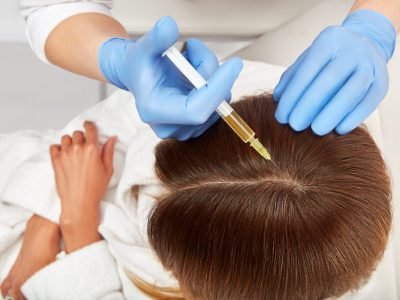
Hair Growth Factor Therapy (GFC / PRP)
- Session Duration: 45–60 minutes
- Sessions Required: 4–6 sessions
- Gaps Between Sessions: Every 4 weeks
- Results:Thicker strands, Reactivated follicles
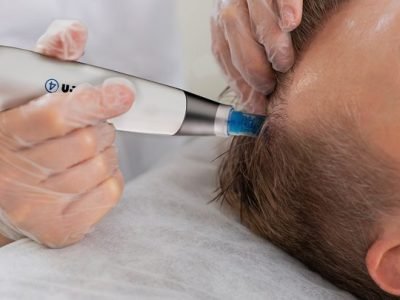
Microneedling with Growth Serums
- Session Duration: 45 minutes
- Sessions Required: 4–5 sessions
- Gaps Between Sessions: 3–4 weeks
- Results In : Improved density, Smoother scalp
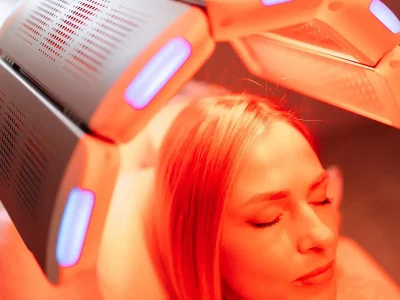
Advanced Laser Hair Stimulation
- Session Duration: 20–30 minutes
- Sessions Required: 8–10 sessions
- Gaps Between Sessions: 1–2 weeks
- Results In : Stimulated follicles, Healthier regrowth
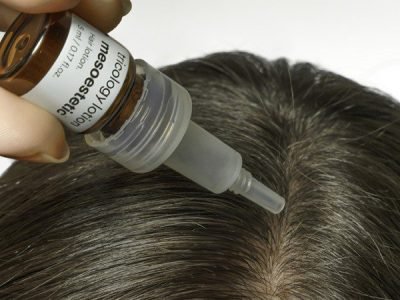
Scalp Detox & Mesotherapy
- Session Duration: 30–40 minutes
- Sessions Required: 3–6 sessions
- Gaps Between Sessions: Every 2-3 weeks
- Results In : Clean scalp, Nourished follicles
At your first consultation, our dermatologists will perform a scalp analysis, review lifestyle factors, and assess your medical history. Based on your pattern of thinning, we’ll recommend a custom treatment plan that blends in-clinic sessions with at-home care.
Hair thinning doesn’t have to be permanent. With early action and the right support, fuller, stronger hair is within reach.




